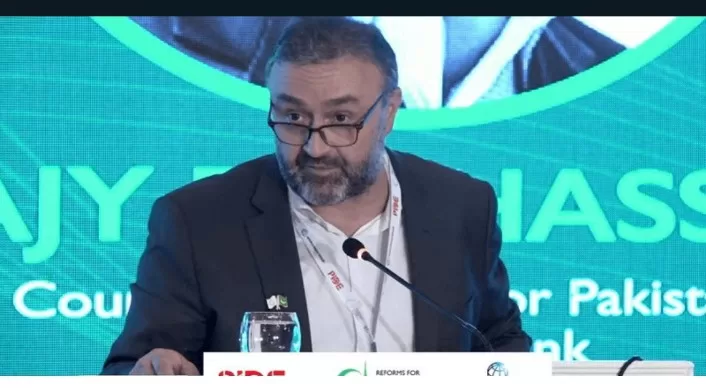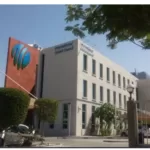In a stark warning, the World Bank has emphasized that Pakistan stands at a critical juncture, facing the pivotal choice between perpetuating poverty and embracing a brighter future. With approximately 40 percent of its population languishing below the poverty line and decision-making dominated by influential military, political, and business figures, the nation’s path forward is hanging in the balance.
The World Bank, in a candid address, highlighted that while international lenders and development partners can offer guidance and financial support, the onus of making tough decisions and course corrections lies squarely within Pakistan’s borders.
Encouragingly, countries like India, Indonesia, and Vietnam, which have achieved sustained economic growth, made decisive policy shifts during times of crisis. Pakistan, too, finds itself at a critical juncture for such policy reforms, according to Najy Benhassine, Country Director for the World Bank in Pakistan.
Benhassine noted that Pakistan currently grapples with a crisis not only in human resources but also in economic terms. The decision-making process is heavily influenced by vested interests, including those of the military, politicians, and business magnates.
Pakistan confronts multiple economic challenges, including inflation, surging electricity prices, climate-related disasters, and insufficient public resources for development and climate adaptation. This is particularly worrisome given Pakistan’s vulnerability to climate change impacts.
Furthermore, Pakistan faces a silent crisis in human capital, with alarmingly high rates of child stunting, poor learning outcomes, and child mortality. The existing economic model has failed to alleviate poverty effectively, and concerns mount as the progress achieved until 2018 has eroded in recent years.
According to the World Bank, Pakistan’s poverty rate, based on a middle-income threshold of $3.20 per day, dropped to 34.3 percent by 2018 from a staggering 73.5 percent two decades earlier. However, it has since surged to 39.4 percent, with over 12.5 million people falling below the poverty line of $3.65 per day.
The World Bank’s assessment reveals that Pakistan’s average real per capita growth rate between 2000 and 2020 was a mere 1.7 percent, significantly below the South Asian average of 4 percent and lagging behind comparator countries with similar economic structures. Consequently, Pakistan’s per capita income has fallen to one of the lowest levels in the region.
Human development indicators in Pakistan trail behind the rest of South Asia, akin to many Sub-Saharan African countries. Girls and women bear the disproportionate burden of these shortcomings, with almost 40 percent of children under five suffering from stunted growth. Pakistan also bears the ignominious distinction of having the world’s largest number of out-of-school children, totaling 20.3 million.
Pakistan’s economic model has led to recurrent balance of payments crises, driven by unsustainable fiscal and current account deficits, resulting in painful contractionary adjustments, reduced economic growth, and diminished investment confidence.
The World Bank recommends boosting revenue mobilization to 22 percent of GDP, an increase from the current 9-10 percent rate. Achieving this entails immediate measures to properly tax properties and agriculture, contributing 2 percent and 1 percent of GDP, respectively. Simultaneously, expenditures can be curtailed through immediate reforms, saving 1.3 percent in the short term and 2.1 percent over the medium term. These funds should be redirected towards critical sectors like health, education, and sanitation.
Furthermore, the World Bank advises reducing the government’s reliance on high-interest bank borrowing for deficit financing, as this has contributed significantly to inflation. To achieve this, the government should reduce its involvement in public sector entities, many of which operate at a loss and require taxpayer funds to remain afloat.
The World Bank also proposes a shift from underfunded, inefficient, and fragmented service delivery and social protection systems to more coordinated, efficient, and adequately funded service delivery, with a focus on the most vulnerable segments of society. This shift aims to reduce alarmingly high child stunting rates and improve educational outcomes, particularly for girls.
Additionally, the institution suggests a transition from wasteful and inflexible public expenditures benefiting a select few, toward targeted spending on public services, infrastructure, and climate adaptation, prioritizing the needs of the most vulnerable populations.
In response to inquiries about a potential common charter of economy among political parties, Najy Benhassine mentioned that while such an agreement would be favorable, there exists a reasonable consensus on priorities and challenges among all stakeholders. He stressed that these policy shifts, supported by a broad spectrum of stakeholders, should be swiftly implemented by the new government within its first year in office, laying a solid foundation for subsequent years.







